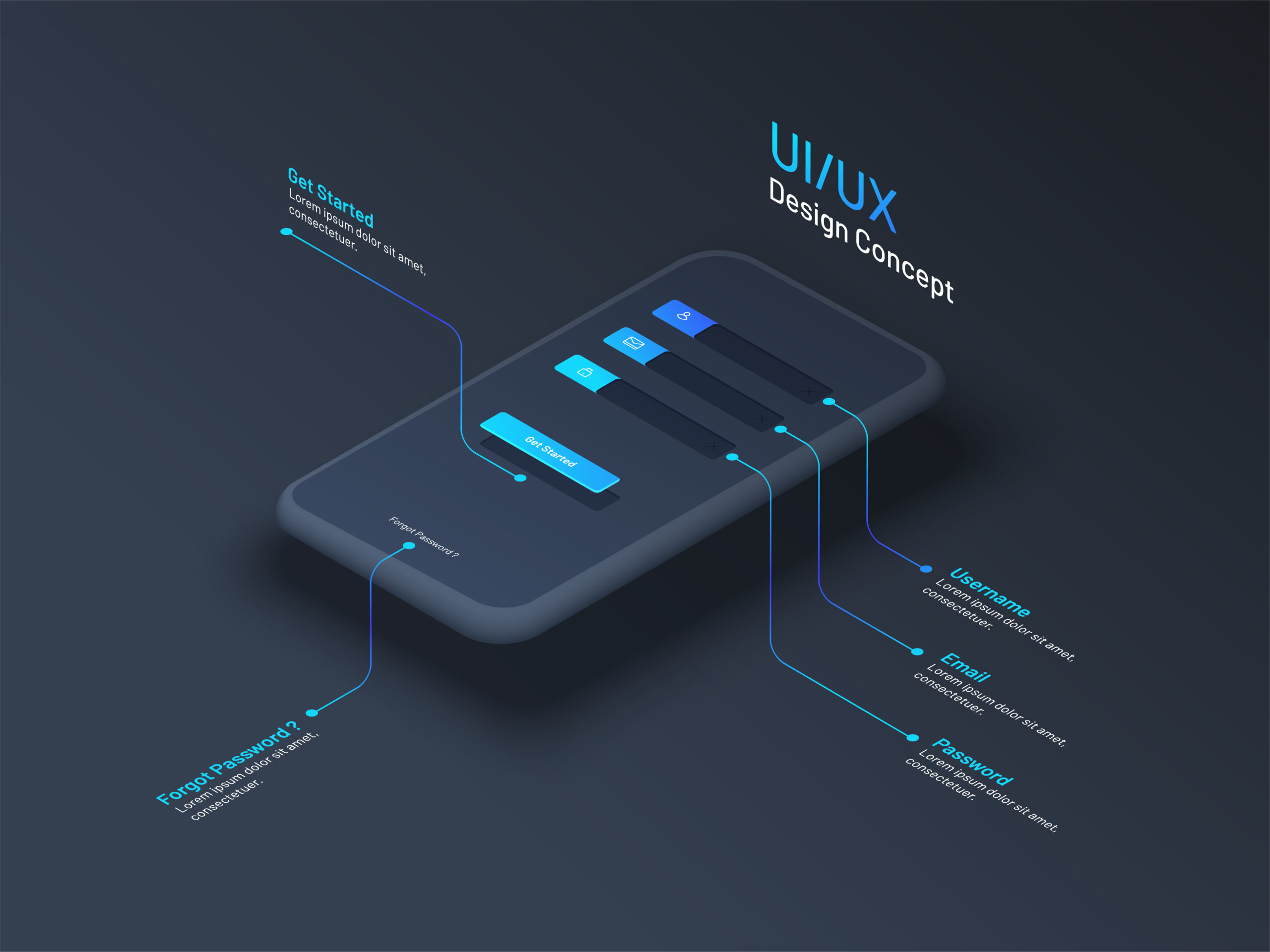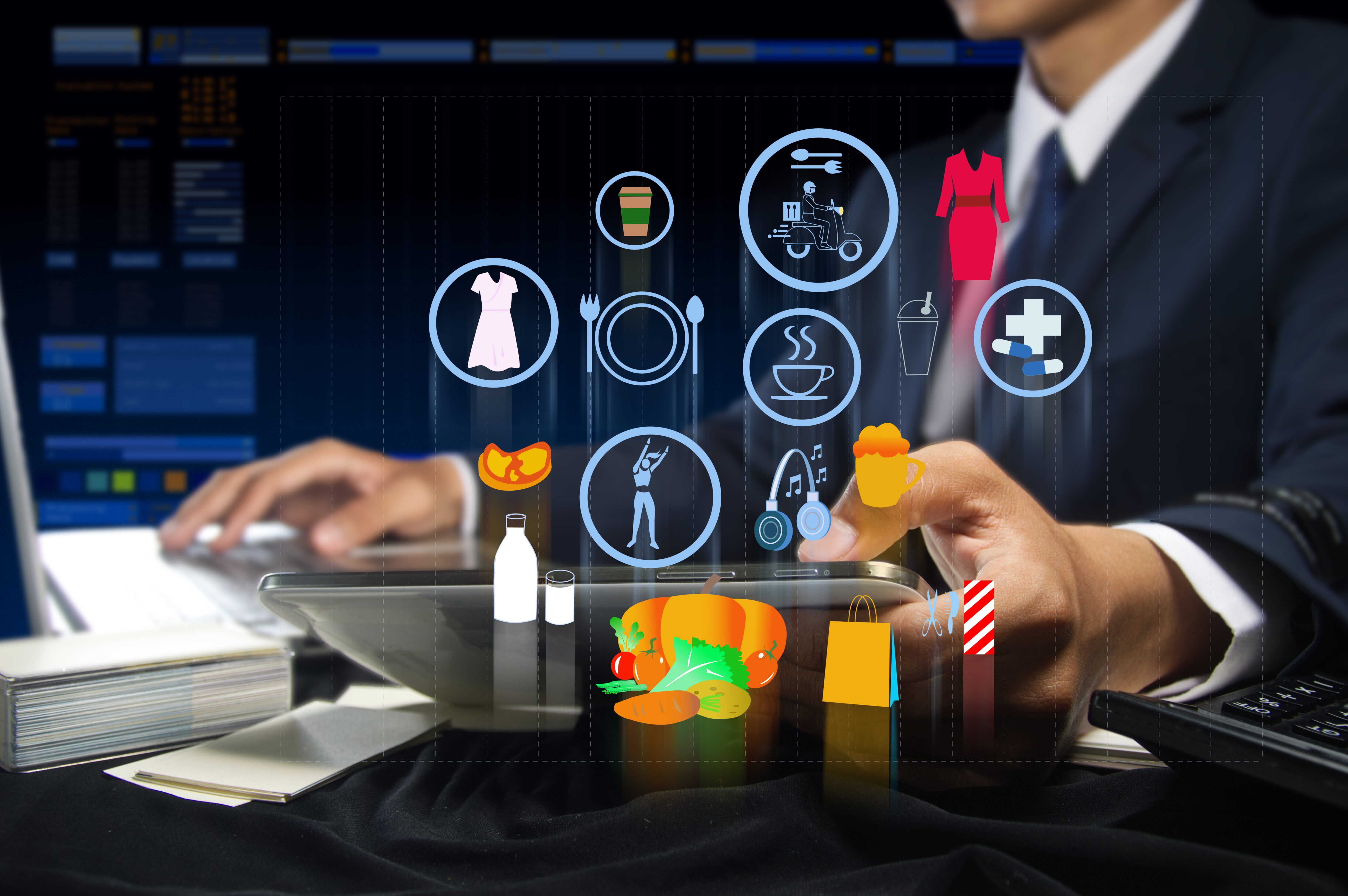How to Create a User Persona Template (With Examples)!
Estimated Reading Time:
11
Minutes

What is in a user persona template? Why are they absolutely essential to an effective UX design strategy?
Think back to kindergarten when your teacher told you that everyone’s special in their own way. As much as adulthood tries to tell us otherwise, it’s actually true.
Each person you encounter has unique wants, needs, thought processes, and problem-solving methods. This is why there’s no way to create a digital product that solves the needs of every person on the planet.
We’re all too complex for a catch-all solution that works for everyone. But, with a good user persona template, you can find out how to satisfy the needs of a specific audience.
A user persona puts a human face to the data used to build digital products. They help designers visualize the person using the finished product and create solutions suited to their abilities. But what kind of information does a user persona template cover?
What’s in a User Persona Template?
- The basics
- Goals
- Pain points
- Personality
- Scenarios
- Quotes
- Fun facts
What is a User Persona?
A user persona is a fancy way of saying a profile of your intended user. It contains different sets of information, from basic demographics to nuances or quirks. When you use all that info as a guide for building your product, you can find a way to cater to your target user’s most basic wants, needs, and instincts.
Pretend you’re buying a gift for someone. Think about how much easier it is to shop for your best friend instead of that uncle you only see once a year during the holidays. That’s because you understand your best friend on a deep, emotional level (which helps you find a gift that’s super meaningful to them).
That doesn’t mean you have to take your user out for beers to get to know each other better (unless you want to…we won’t judge). But you need to go straight to the source to find out who they are and how they solve problems.
Read more about UX personas in our blog!
UX Personas vs Buyer Personas
This one’s for our marketing friends…
Another term you’ll probably hear used interchangeably with user personas is buyer personas. And it’s easy to see why the two get confused. A buyer persona covers all the same ground, but with a different end goal (sometimes).
The endgame of a buyer persona is to get customers that closely match the profile to buy the product. For example, if your company sells hard seltzers, you probably wouldn’t tap into a scotch enthusiasts club to figure out what your next delicious, fruity flavor should be.
Instead, you’d probably survey the customers at places that sell lots of White Claws (nightclubs, beach bars, etc). That’s not to say there aren’t scotch drinkers that enjoy the occasional seltzer, but you’ll want to cater to your most frequent, loyal customers.

With the vast digital marketplaces online and an e-commerce store for every product under the sun, your buyers can ALSO be your users. This is why you’ll see the two terms used interchangeably so often.
Let’s say your brand of handmade, craft ingredient seltzers isn’t sold in most big box retail stores. You’ll need to figure out how to market your brand to your target demographic and come up with the easiest way for them to buy your product online. This is where these two personas become one.
The Value of User Personas
As a UX design agency, we love user personas because they give us insight into what we don’t know. Since we aren’t experts in the fields our clients come from, we rely on heavy research to build our user-friendly designs.
We can understand quite a bit about industries and best practices from talking with our clients. But we find out everything we need to know about creating the product itself from user personas.
User personas have a huge impact on the success or failure of digital products. In fact, according to this recent marketing blog, user personas made websites 2-5 times more usable than before.
When you understand how the user thinks and how they go about achieving their goals, you can tailor your product according to their needs and get rid of pain points before they become big problems.
Now, you probably think this means that all you have to do is some googling to create this fictional person, right? HECK NO!
UX design without robust user research isn’t UX design at all. It’s just design for the sake of design. And the biggest part of that user research is the face-to-face time you get with the user!
The feedback you get from user interviews is the heart and soul of your product — the human touch that technology needs to resonate with real people.
So, say it once more with feeling…A user persona is not a replacement for user interviews!

What's in a User Persona Template?
A user persona template dives deep into the traits of your future users. Instead of just focusing on their basic information or buying habits, you see what makes them tick. Not every user persona template covers the same ground, but here are a few ideas to help you build one.
The Basics
Probably the least interesting ground to cover, but important nonetheless. Every user persona template should establish some basic demographic information like:
- Name
- Age
- Occupation
- Location
- Marital Status
- Family Life
This quick snapshot of your user doesn’t get super deep but it gets the wheels turning. It lets you imagine what their day-to-day life looks like and the role digital products might play in it.

The Goals
We all have hopes, dreams, and aspirations for ourselves. You probably can’t help your user become the next President of the United States, but you can certainly help them by creating a digital product that helps them accomplish smaller goals and tasks.
Your mission is to find common goals and jobs to be done amongst your target demographic and narrow down which ones are attainable with your product.
Let's say some potential users we interviewed were single women in their late 20s living in a major metropolitan area. Some of their goals were unique to them, but there were a few that overlapped:
- I want a promotion at my job by this time next year.
- I want to travel the world and make interesting new friends.
- I want to find a way to make data entry less boring at work.
- I want to get VIP access to the exclusive club that opened downtown.
Now, you probably can’t help these ladies with that special promotion or get them into the hot new nightclub. But, depending on what kind of company you work for, you can probably create a product that streamlines data entry or finds cheap flights to anywhere in the world.
An effective method of shaping out persona goals is to treat it like the user is “hiring” your product to help them complete a job. Why should they choose yours? The job that needs to be done using your product should be an exact match for the user’s needs.

Pain Points
No matter how much your users have in common, that doesn’t mean they think the same way (or follow the same path to reaching their goals).
For your product to serve its purpose for the user, you need to consider the roadblocks they may encounter along the way. Ask yourself: What keeps the user from accomplishing their goals?
Let’s go back to our late-20s career girl. Data entry is easily the worst, most time-consuming part of her day. But why is that?:
- Outdated technology
- Bad mobile experience
- Complicated data integration
- Repetitive entry
Think about how your product could fix these problems, speed up the process, and make her more productive at her job.

Personality
How does someone’s personality affect their problem-solving skills? And how can you use those nuances to guide your product design? Pay attention to how the user behaves when you interview them.
Were they ready and willing to give their open and honest feedback or were they sugarcoating everything so they didn’t sound too harsh? Were they more focused on ease of use or the look and feel of the product?
Building your product around these aspects will make the user feel like you’re catering to their most basic instincts, making it much easier to incorporate the product into their everyday lives.
- Introverted vs extroverted
- Left-brain vs right-brain
- Active vs passive
- Analytical vs impulsive
- Ambitious vs modest

Scenarios
The circumstances around the reason that a person is using your product play an important role in user psychology.
For example, the desktop version of your product could be a dream to use. But if the mobile version was an afterthought and the user is ALWAYS on the go…that could pose a big problem.
Carefully consider when and where your target users are interacting with your product and how they are feeling while using it.
Looking at our 20-somethings career girl again, we already know she’s dreading the tedious data entry at her job. You may not be able to change how she feels about the task, but you can certainly empathize with her feelings and cut down on as many steps as possible.
Similarly, how might she feel while looking for flight prices to her dream destination? Excited, nervous, curious? How can you amplify those positive feelings and reduce the negative ones?

Quotes
You can glean a lot about a person from their self-reported personality traits, but quotes let you see those traits in action.
Quotes are the best supporting information for your personality profile because they give you a sense of how your future user thinks and communicates. The more unfiltered the quote, the better.
Take a look at this quote:
“I just want to buy something. Why do I have to log in? Why do I have to find a stylist? I just want to buy the damn thing.”
Is the quote harsh? Maybe. But does it give you a clear picture of the type of user that frequents your product and what they’re thinking while using it? Oh yeah, it does.
Repeat after us again…Negative feedback is still usable feedback!

Fun Facts
Because we’re all about making UX personas fun here at CreateApe 😉
The info listed so far gives you a pretty clear picture of what your user is like and how to cater to their basic instincts. However, there’s nothing wrong with getting a few extra tidbits of information for a more intimate view into their everyday lives.
Fun facts are also a great icebreaker during user interviews. Talking about themselves and their favorite things will make the user feel more comfortable during their interview and less hesitant about sharing their thoughts and opinions.
- Myers-Briggs type
- Brands they love/hate and why?
- Astrological sign
- Hobbies
- Favorite movies/TV shows

So, How do I Build a Template?
There are plenty of premade user persona templates online covering all this information (and then some). We also have a CreateApe-approved version you can download here!
User Persona Template by CreateApeDownload
With all these ideas and pointers, building your own user persona template is a breeze! Face-to-face time with your future user is invaluable when creating an effective digital product. So use that time and the information you gather to your full advantage.
Remember that user personas are a small portion of your UX design strategy, and there are several moving parts when bringing a digital product to life.
Want some help creating a user persona template for your specific project? Need a guide for building your UX design strategy? Start a project with us today!
Share:
Let’s Work Together!
It’s a jungle out there — let the Create Ape experts help you traverse the wilds as we take your project to new heights.












.jpg)































.png)
















.jpeg)










.png)






















